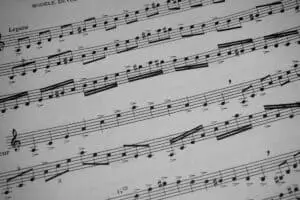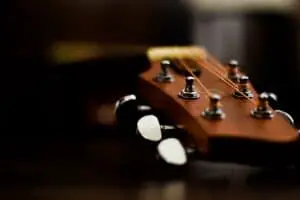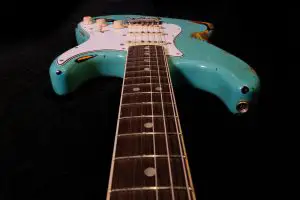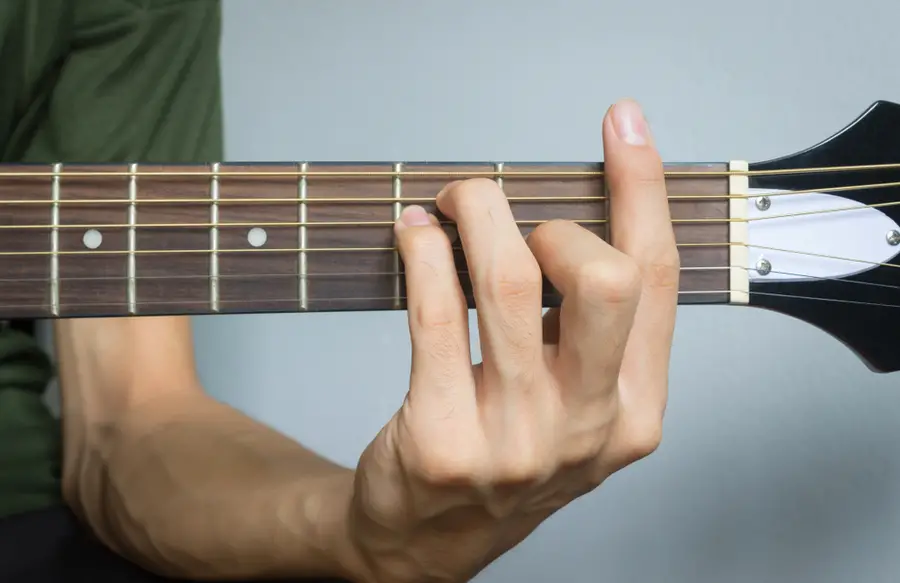
The chords on a guitar are the mechanism that produces the reputable sound you know and love. Every expert guitarist should know the names and functions of every chord he plucks.
However, that is not the case, as many who are close to mastering the guitar still struggle with these terms and talk more like entry-level players.
Knowing the major chords on your guitar distinguishes you from the average guitarist.
There are five significant chords on a standard guitar, each with a distinct sound and mechanism behind it. They range from the C major to the D major chord. The five major guitar chords are not like the keys on a keyboard. A guitar chord is a rhythm produced with a combination of moves.
The following is a brief but in-depth discovery of the five major chords on a standard guitar, their positions, and how to tailor your fingers on each one as a good guitarist should.
The Five Major Guitar Chords
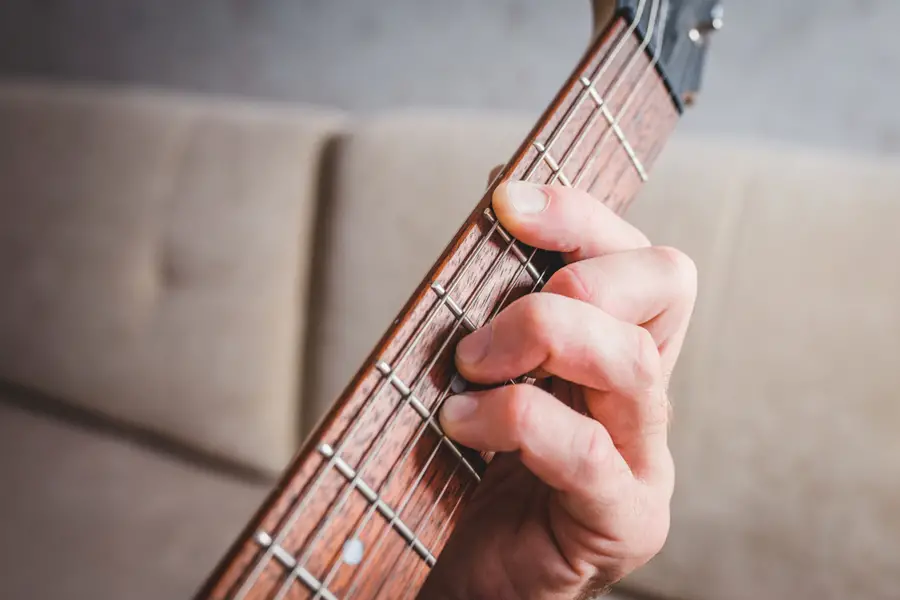
There are eight chords in a guitar, but we will only be discussing the five major chords, which are:
The C Major Chord
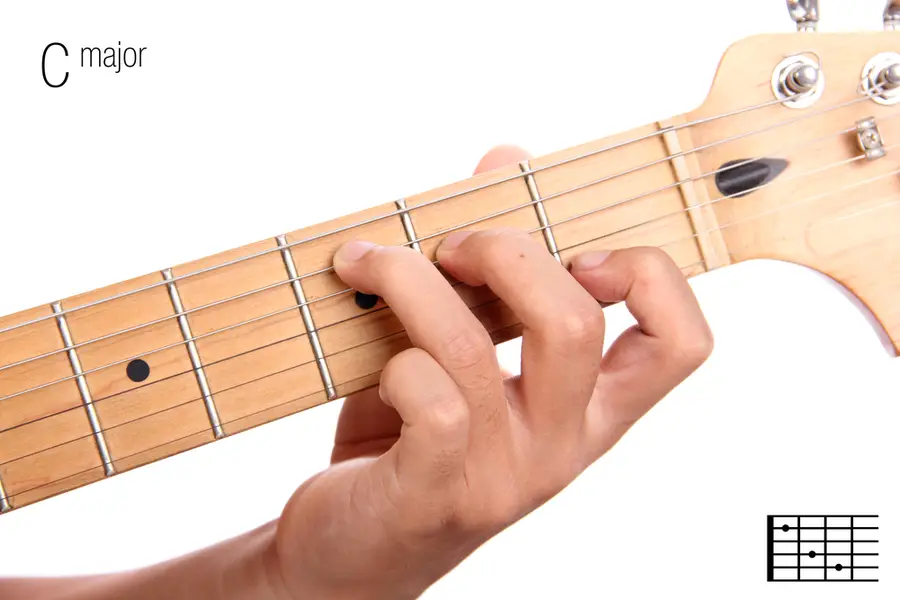
The C major chord, just like every other major chord, is not located on a particular string. It is a connection between the first fret of the second string, the second fret of the fourth string, and the third fret of the fifth string in perfect harmony.
The C major chord is produced with a strum of these guitar strings except the sixth string.
To score your perfect C major chord, you must use specific fingers. Your index finger should go to the second string, your middle finger to the fourth string, and your ring finger to the fifth string, ensuring perfect finger harmony.
The A Major Chord
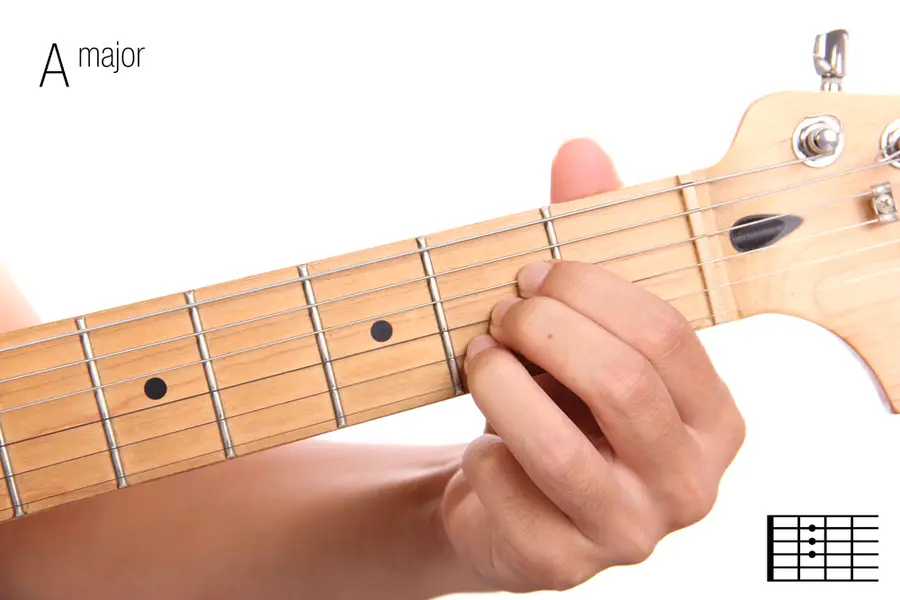
The A major is about the most straightforward chord to score, as its positions are not as complicated as the rest.
The A major is produced by combining the second fret on the fourth string, the second fret on the third string, and the second fret on the second string. The combination is also without the involvement of the sixth string.
The G Major Chord
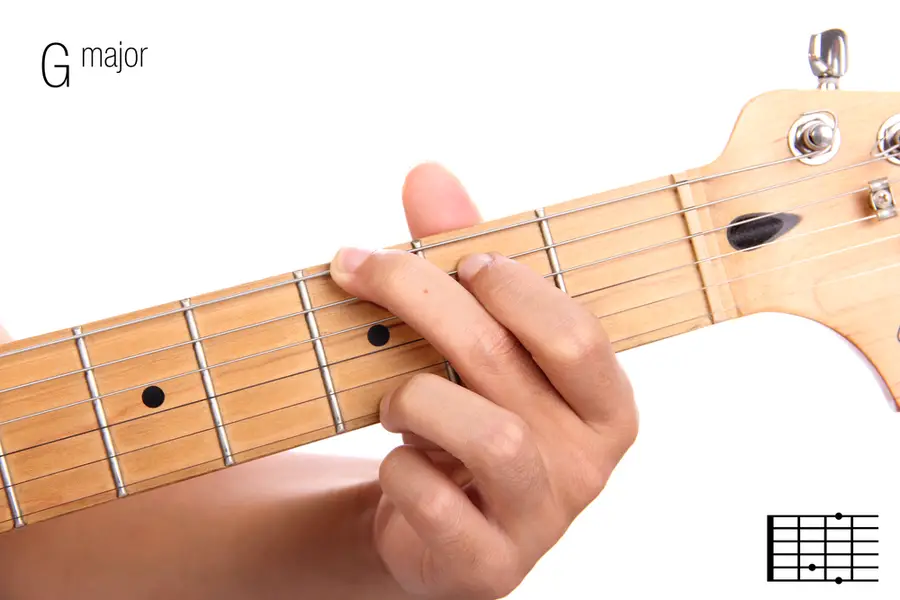
The G major is the most technical chord to score on your guitar. It is produced by combining the second fret of the fifth string, the third fret of the sixth string, and the third fret of the first string.
The G major is very technical, and you may want to be a little more organized with your fingers to score this chord properly.
To be more specific, you may need to use your index finger on the fifth string, your middle finger on the sixth string, and your ring finger on the first string.
This exact setup will guarantee your perfect G central sound while plucking all the chords at once.
The E Major Chord

Producing the E major also requires plucking all the strings at once. It is scored with a combination of the first fret of the third string, the second fret of the fifth string, and the second fret of the fourth string—all in perfect harmony.
The E major chord is relatively easy to score, depending on your level of experience with a guitar.
The D Major Chord
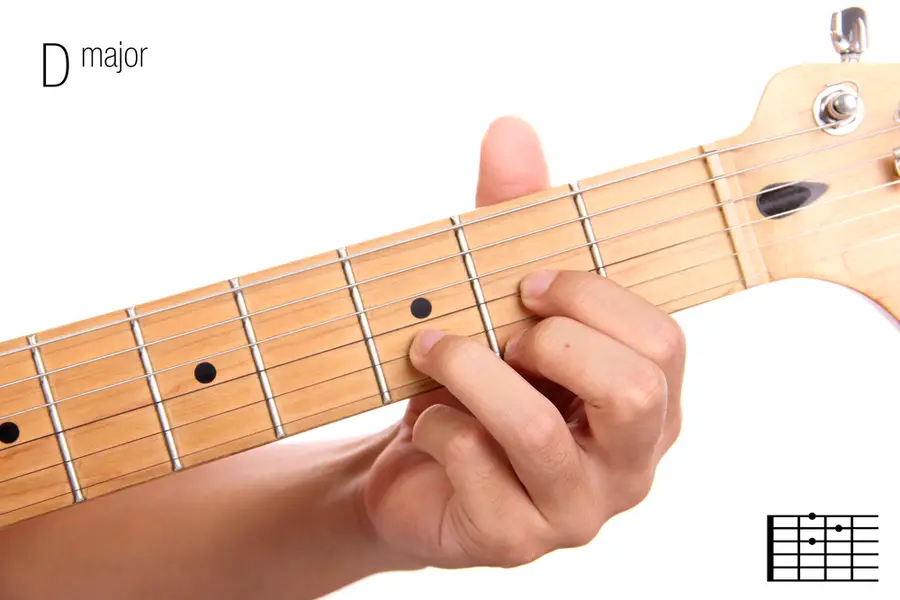
The D major is the only major guitar chord produced without the involvement of the fifth and sixth strings on a standard guitar.
The D major is created by combining the second fret of the third string, the second fret of the first string, and the third fret of the second string. But more importantly, in harmony. The D major is also relatively easy to score as it only requires the first three strings on your guitar.
Conclusion
There are only five major chords in a guitar. The minor chords are just an adjustment of the major chords. The C major, A major, D major, E major, and G major chords are the five major chords in a standard guitar.
As an expert or student guitarist, you should have both the names and the positions of each major chord at your fingertips.
Frequently Asked Questions
On a standard guitar, there are about eight chord types. Each has almost twelve different musical notes.
The C major. This is because it is the most practiced by beginners.



